In the same section
- Médecine
- Human Reproduction
- EN
- Activities
- Male fertility projects
- Sperm capacitation
Sperm capacitation
- Sperm Capacitation
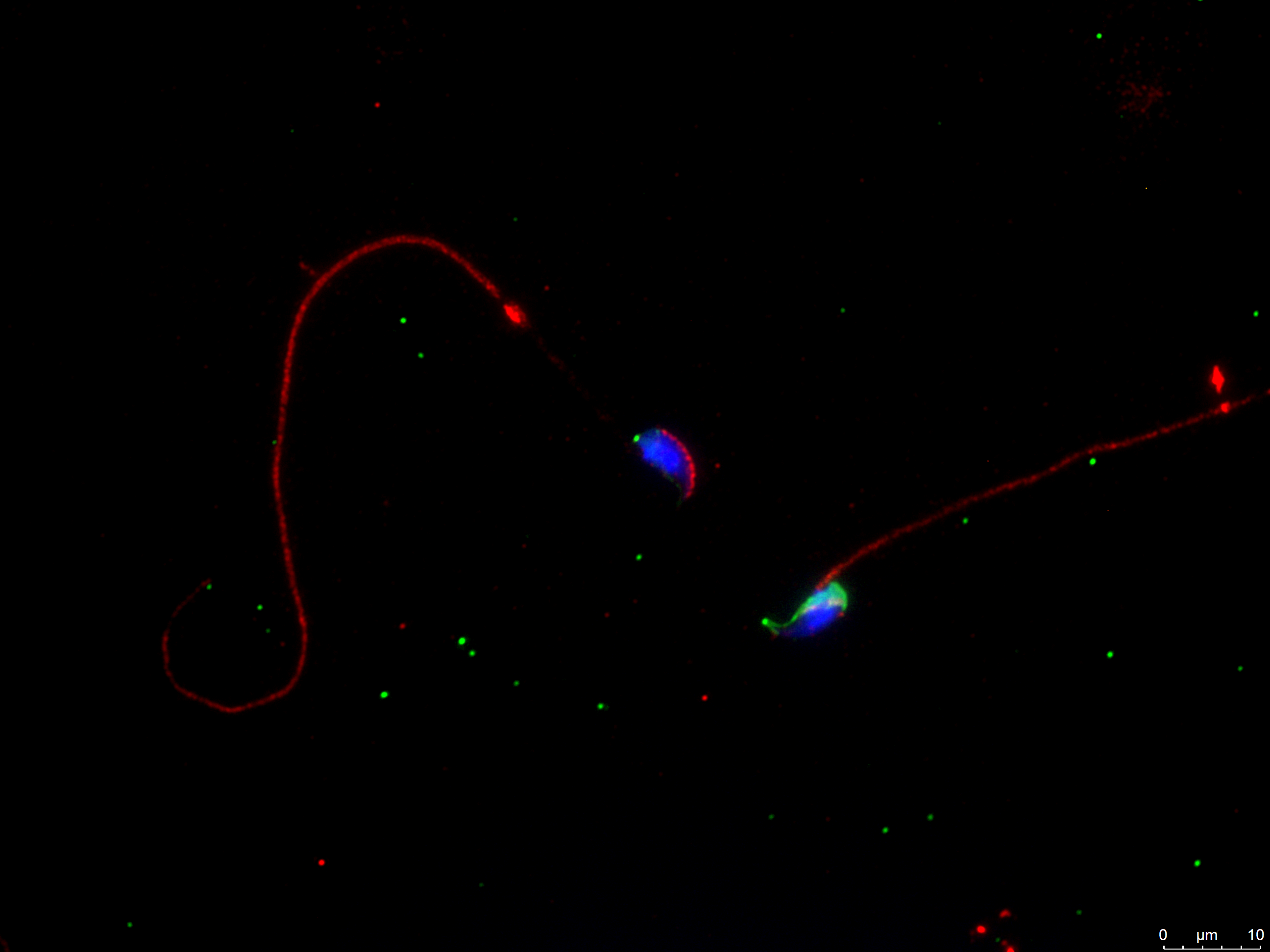
The first line of research we pursue studies the role of ion channels and intracellular calcium during capacitation. Our interest in ion channels and male fertility started with the demonstration of ATP-sensitive potassium channels (KATP channels) in the epididymis and spermatozoa of several mammalian species. 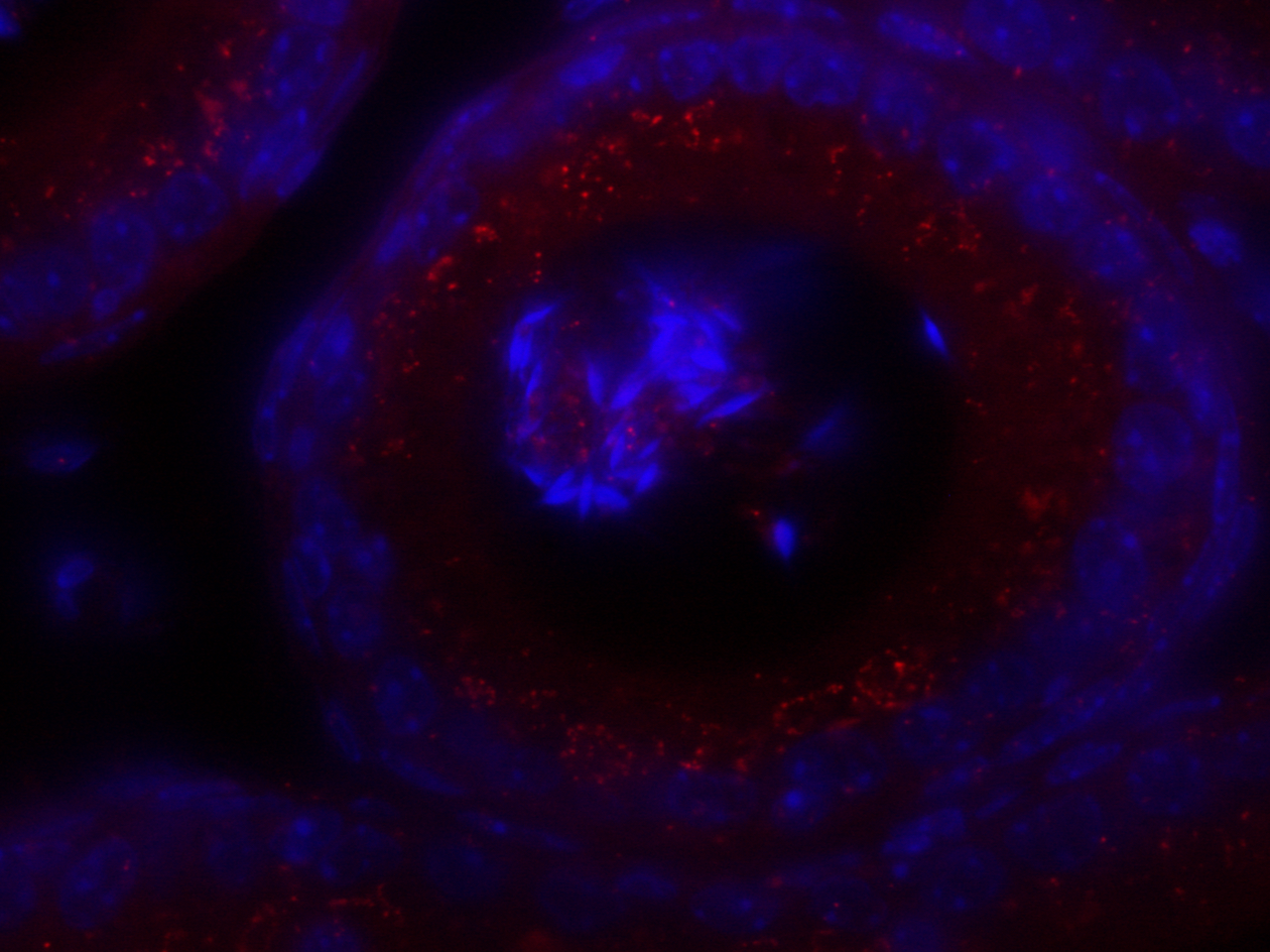
Using the mouse model, we have gathered evidence confirming the presence of functional KATP channels in spermatozoa. Our interest was rapidly focused on this fascinating phenomenon called “capacitation” and the role ion channels play to articulate the different aspects of this process, in particular, the interactions between the changes in intracellular pH (pHi), the membrane potential and the intracellular calcium concentration ([Ca2+]i).
We extended our investigation to other actors potentially able to modulate the [Ca2+]i and studied the role of calcium-binding proteins in sperm physiology, describing, for the first time, the expression of a member of the EF-Hand calcium-binding proteins, Calretinin, in sperm.
Evaluation of the capacitation process in the diagnosis of male infertility and impact of the cryopreservation process.
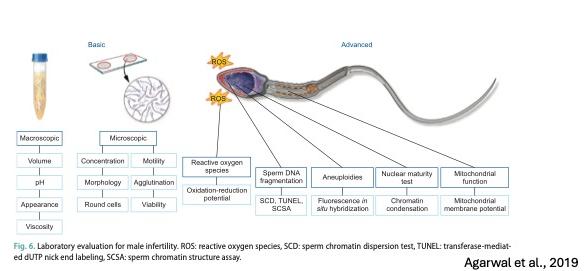
The WHO established a standardized scheme for the evaluation of the male partner, but the conventional semen analysis is considered a poor predicator of pregnancies.
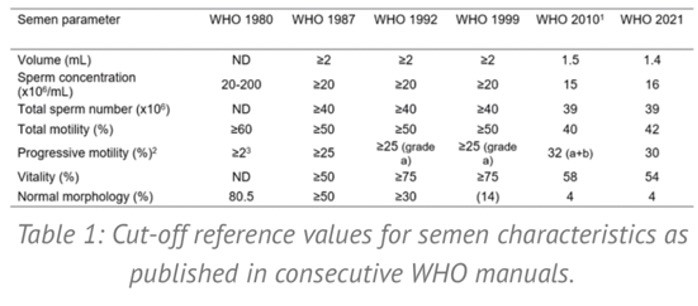
Despite its crucial role in the process of fertilisation, sperm capacitation is not evaluated in the routine assessment of male infertility

We developed a clinical assay to evaluate the changes in membrane potential, intracellular pH and intracellular calcium concentration on sperm samples in conditions inducing capacitation in vitro to evaluate the failure of capacitation as a cause of male infertility.
Gametes and embryo cryo-conservation play nowadays a key role in Assisted Reproductive Techniques. Despite the relative extensive storage of semen samples, the use of frozen samples for ART remains inferior to the use of fresh samples. Indeed, the sperm freezing or vitrification technique does impact the quality of the sample and its fertility potential. 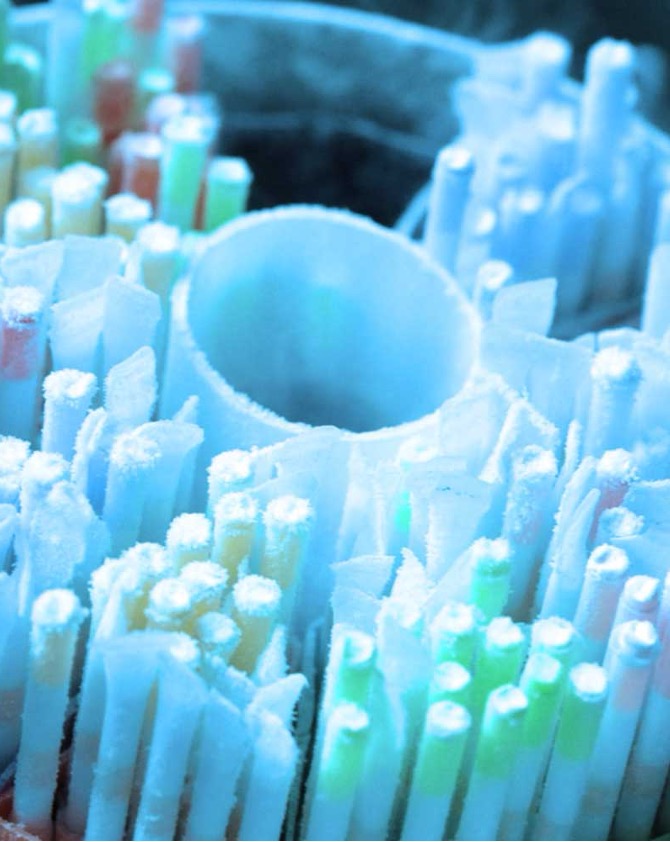
The deleterious effect of the freezing procedure will further diminish the reproductive fitness of already compromised samples such as astheno- or oligozoospermic samples. Therefore, when possible, a fresh sample is preferred for IVF or ICSI.
To further understand the underlying causes of the reduction in quality of frozen/thawed semen samples and the impact of the freezing procedure on the sperm motility parameters and fertility potential, we study the consequences of the freezing/thawing procedure on the sperm capacitation process.
We aim to identify the essential steps in the capacitation signalling cascade that are affected by the cryopreservation technique and diagnose capacitation “cryo-sensitive” sperm samples.
Model-driven study of sperm capacitation
In collaboration with Prof. D. Gall, we have further studied the capacitation process using a model-driven approach to unravel the molecular processes controlling sperm capacitation.
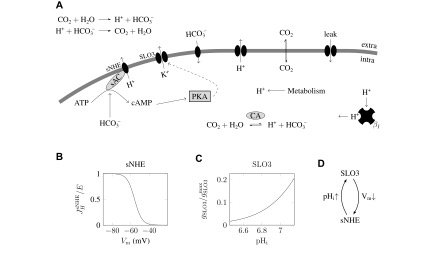
Mathematical modeling provides a unique tool as simple analytical models can capture the essence of a molecular mechanism and be used to derive insight from the existing data.
We have therefore developed the first theoretical model formalizing the feedback loop between SLO3 and sHNE in mouse sperm to see if their interaction can provide the core mechanism explaining the existence of uncapacited and capacitated states, depending on the external conditions.
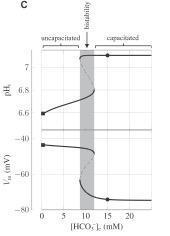
Positive feedback loops are thought to be involved in the generation of switch-like bistable biological responses. Bistability is key for understanding certain cellular functions, such as oocyte maturation and cell cycle transitions.
On a larger scale, those studies are intended to improve the care of the infertile patient by refining the andrology diagnosis and improve the quality of cryopreserved sperm.
